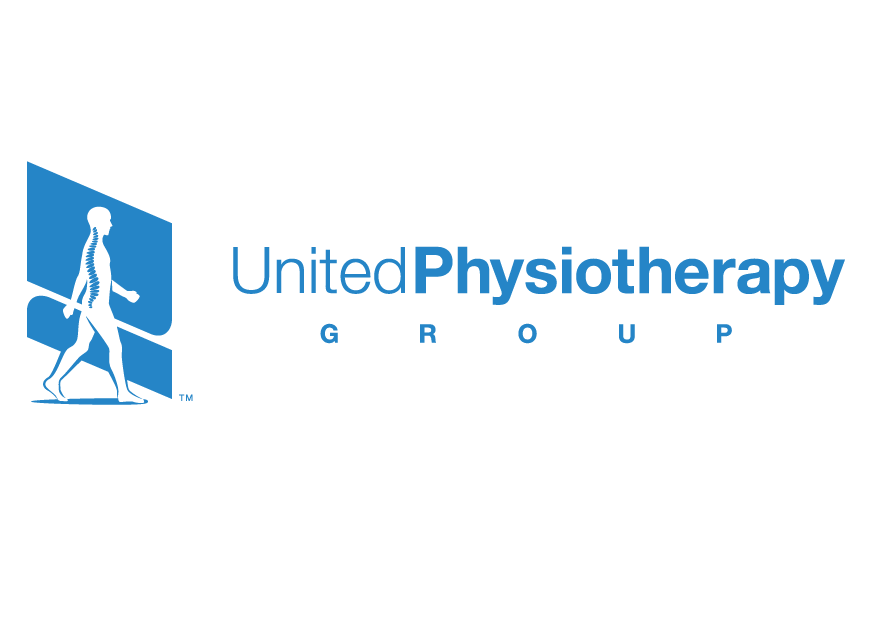Exercise for Knee Osteoarthritis
Image Source: Freepik
Exercise for Knee Osteoarthritis
Osteoarthritis (OA) is the most common form of arthritis in Australia. According to the ABS, it makes up 62% of all arthritis conditions with a total of 2.2 million people suffering from this condition in Australia. Unfortunately the prevalence of OA increases as we age, with one in five Australians suffering from it over the age of 45 and over one third of the population over the age of 75. (ABS 2019)
Arthritis is often associated with “wear and tear” from doing too many activities like running, jumping and playing sports. However, there are numerous causes of arthritis beyond this assumption. There are important biological implications with arthritis involving many different chemicals and proteins that are responsible for keeping our joints and cartilage healthy. Over time, our genes in our DNA trigger a response from different cells that can harm our joint cartilage and reduce the chemicals that keep them healthy. This can lead to developing arthritic symptoms like dull aches, warm sensations and swelling.
It is highly common that when people get older they cease exercise due to the diagnosis of osteoarthritis. Many people fear they are doing further damage to their joints and fear that they will create “bone on bone” in their knees. However research continues to show that exercise is one of the best things you can do for managing osteoarthritis. Exercise has the ability to increase the presence of proteins that helps to protect joint cartilage, as well as reducing chemicals that attack our cartilage.
Medical imaging such as x-rays are commonly used to assist with the diagnosis of osteoarthritis, however what is found on the scan will rarely match up with the clinical presentation of the individual’s symptoms. For example there may be individuals with what is considered severe arthritis on their scan but they may only have mild pain, while others may have mild arthritis on their scan, but suffer from severe pain. The main thing to take away from this is that scans can be helpful but they only make up one piece of the puzzle and they do not dictate your prognosis.
Running often gets a bad reputation for causing arthritis, when in fact studies show that runners are less likely to develop osteoarthritis than those who do not run. A study by Hylda et al (2016) found that running reduces pro inflammatory cells in the knee joint from a 30 minute run. Similar mechanical benefits can occur from walking or resistance training as well.
Getting started can be daunting, which is where physiotherapists come in. Physios can assess and guide you through an appropriate exercise program to get you moving again, build your confidence and reduce your pain.
Elmark et al, 2010
Hyldahl et al, 2016
Bricca et al, 2018
ABS (2019)

